Don’t aim for perfect – but ‘voice’
How great art is not flawless
Art isn’t clinical. It is not about who gets something into the perfectest shape or form. Flawlessness is only briefly interesting, if at all. It earns admiration, yes, but it can be imitated. Flaws/edge/uniqueness can not. The ‘voice’ of an artist can not. There is only ONE Joyce, one Van Gogh, one Bowie. Every artist IS an artist because he is distinguishable by his unique ‘voice’ that he uses to express himself. Because: All a true artist needs is a ‘voice’ – and output.
What is ‘voice’ for all artists: writers, singers, painters?
Let’s look at very different kinds of artists: Singers/songwriters, painters, and writers. They all use different ‘canvases’, different mediums, different ways to express their creativity. But for all artists, what is most important for their own work is: voice and output.
The most direct example for use of ‘voice’ is of course the singer. We can admire ‘perfect’ singers, who hit every note and sing like nightingales. BUT: perfection is not the same as having a unique, distinguishable ‘voice’ that draws admirers in. Most of the famous singers aren’t ‘perfect’ singers, but have a uniqueness of style and tone that captures attention and creates emotion, and easy recognition. We hear a few lines, and immediately know who sings – and what to expect. They touch something in the listener. On shows like “The Voice” all is not about perfection, but who stands out with his unique way to master the craft/art of singing in a way that touches people deep enough to build an audience, a following: That’s when they say “You have a future in this business”.
And other artists aren’t different!
Also a painter or a writer has to find their unique ‘voice’ and what makes their work special. It’s rarely about flawlessness, but about something in their works that makes them stand out and recognisable. Some edge, some inimitableness.
‘Voice’ doesn’t happen overnight and not with the first work
Every art, we can surely agree, needs one thing: development. In all art, the artists over the years develop and try new things, they even may change genres – for a time or forever. They CAN repeat the same recipe over and over, but they’d not develop and the audience may lose interest in favour of more interesting artists, be it other singers, other painters, other writers.
A painter rarely paints ONE painting and that is THE masterpiece. Neither does a songwriter write/sing ONE hit (s)he spent years and years on. Rarely has the first painting or one song brought overnight and long-lasting success.
So why are some writers (or rather: aspiring writers) spending forever on that one novel, perfecting and perfecting until it’s over-edited? Writers should do the same as other artists: develop, play around, find your ‘voice’. Don’t spend forever on that one work. Voice doesn’t happen overnight and spending all your time on that one novel would not gain you development nor voice. Instead: move on, create more! Development needs time. To find a ‘voice’ needs time.
Most singers and painters can look back on a long string of songs and paintings that didn’t capture a huge audience. They all started somewhere, were apprentices in their arts and had to practice and produce and get critique to develop. They had to deal with blows and disappointment and the void. In order to find their ‘voice’ and style. And the same goes for writers: don’t assume there will be the ONE big novel that is likely to bring you overnight, lasting success. Why would a Joyce be different from a Van Gogh or Bowie? They ALL started small, had to work hard, paint lots, write lots, in order to become unique enough to stand out! (and yes, some, like Van Gogh, only did so after their death … uh oh. We’ll not be that pessimistic here ;-))
Stop working on that ONE novel, now!
If a writer is aiming to get a career in writing, if (s)he sees it as a craft, this doesn’t mean perfecting the ONE novel they always wanted to write. They must edit and do it justice, yes, but then they must work like musicians or painters: practice, try things, criticise, start over, develop until they find what makes them unique and therefore what is their ‘voice’.
This HAS TO take years and many works: to seriously improve and one day stand out. If – with self-publishing – someone writes that one story that was close to her heart, publishes it and then leaves the craft, fine. But those who want to be called serious writers? You better stop working and polishing on that ONE novel that is supposed to be THE work of your work. In most cases, it doesn’t work like that.
Art is about developing, about different periods in the art. Best example is painting, where you can see in which Schaffensphase the artist explored what. Every series of paintings speaks a different language. And similarly, every album of a musician is different and speaks of a certain phase in the singer/songwriter’s life. Artists by nature have to make their internal development show in their works. That’s why they create. They show their inner selves, in their works, a certain moment in their creative lives. The stories of a writer should also reflect the periods in their lives, their developments, show what they are going through and explore. I don’t think they should spend all their creative energy on the one book, the one most important novel. Do it justice, yes, then move on, create more. Because: what’s the use of making that one work perfect? Flawlessness is boring!
Don’t aim for perfect, aim for outstanding!
Readers will look at the novel differently anyway. They probably won’t SEE that you perfected every single sentence and polished it all until you lost your mind and hated the story. They won’t see EVERY detail, just like a painter’s audience won’t notice EVERY stroke of her brush. Much as we want them to, they probably won’t notice the outstanding effort we put into every detail. They are captivated by the outstanding parts. In a painting, let’s say a portrait, this could be the exceptionally lively and moving expression of the face, maybe even only the eyes! The audience will notice these outstanding parts that make the work special, make it shine. The rest of the painting doesn’t need to be flawless, see for example Vermeer’s Girl with a Pearl Earring: a lot in this painting is outstanding and mesmerising, whereas many details aren’t perfect or feel unfinished, like the turban, the cloak, her face. And still, the painting dazzles, although it almost looks like the artist could have added more. But he knew when to stop to bring out the best in his work.
Maybe a small sketch will resonate more with people than a huge painting the artist fretted years over – because the smaller thing just has ‘something’ whereas the big and perfect doesn’t? Same goes for stories: a short one that carries meaning and emotion can move more than that one, long work that took the writer ages to perfect. Yes, I too had to see that. Maybe one of my short stories is more moving and will reach more people than that epic novel ever will. There’s some relief in that. I’m actually allowed to move on, to do the novel justice but then let go and rather explore other things. Because how likely is it for any artist that this ONE perfect work will make her famous and gain her everything she dreamed? The wiser strategy seems to be to develop and therefore: produce more output and improve.
More output equals more chances of success
Simply because more output means more experience means more change of getting that ‘voice’ that makes you stand out. With more output – which means working more, producing more – you will raise your general standards, with the occasional bad work in between, surely. But you will get a grasp of the craft and business and ideally find a unique voice along the way, your standard that can be maintained in the longer term. Such standard is surely NOT that of the one, perfect, flawless book/painting/song. Painters have to furnish a whole exhibition. Singers need several albums with many songs on them, showing their range, variety.
Likewise, writers should aim for a variety of books, stories, genres, experiment a little and grow. Those of us with most success aren’t the ones who wrote that one great book, but rather those who have constant output of a good quality. Not great and outstanding in every single work. Who said it:
Perfect is the enemy of good?
Anyway, my admired colleague Chuck Wendig said it perfectly in his own voice:
Do neither perfection – nor amateurism!
And for all artists, the modern times require more than working alone in our ebony towers. In order to convince audiences, we must be present, constantly, interact, build a following. You cannot do that with just one book, seriously. Make it good, then move on. Keep it interesting, learn to master your craft by ‘doing’.
I am not saying, however, be like many self-publishing writers and release too early, before the book is really good. You must be certain you’ve done the work justice – but then stop editing. Like a painter who doesn’t quit before she knows that more brush strokes would actually kill the painting. And to know when that moment is there, she needs experience with earlier works.
So, I have to grab my own nose, as we say in German, and stop editing when justice is done. No story will ever be perfect. But by making the good parts shine, the story can stand out and gain an audience. I must learn to put the brush down when the painting is captivating – not flawless. That balance is definitely tricky to achieve, but it can only be done with producing more, learning the craft, developing the ‘voice’, showing the whole variety of what makes us the artist we are.
Over to you: which artists have captivated you? Why? Which works do you admire, and are they really flawless? What is this ‘voice’ in a certain art, you think? And as an artist: Do you aim for perfect or when do you stop fiddling with your piece? I’d love to discuss in the comments!

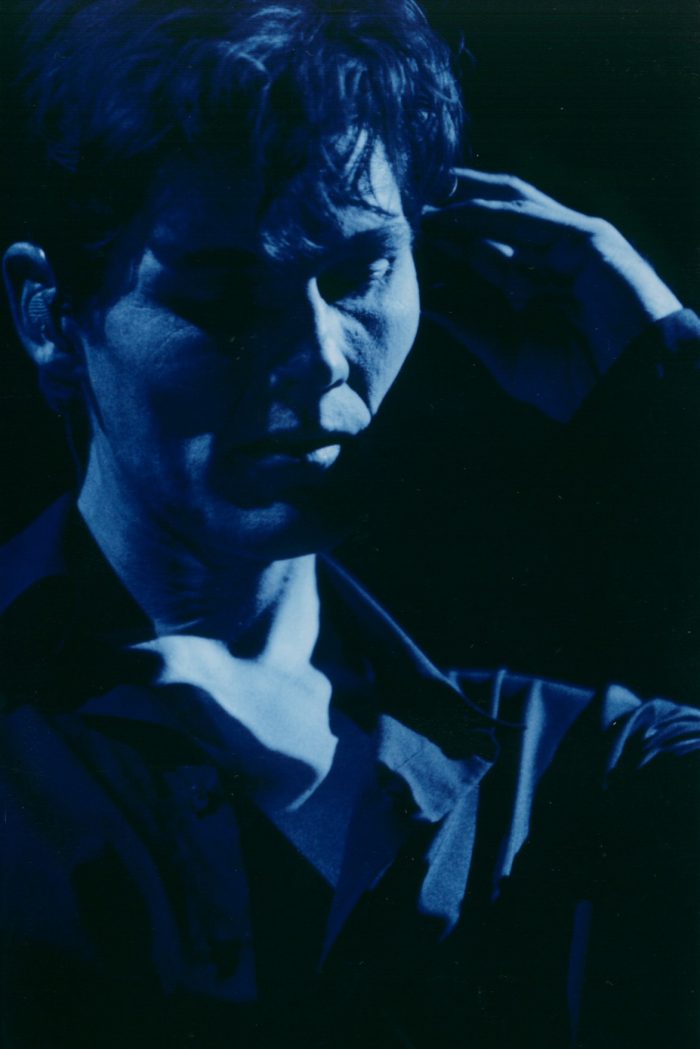
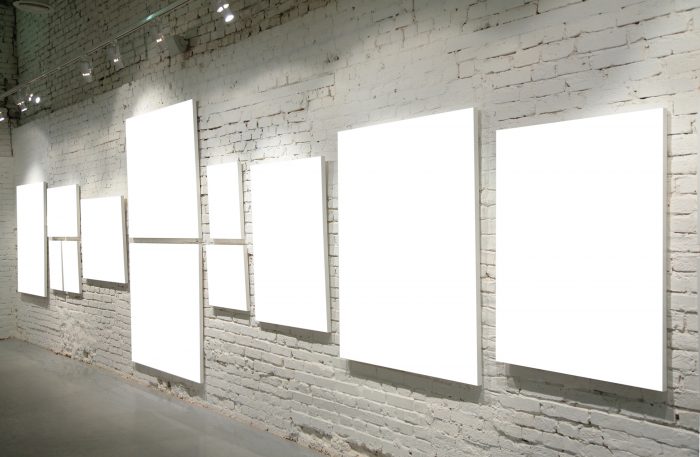
![Johannes Vermeer [Public domain], via Wikimedia Commons Girl with a Pearl Earring, Vermeer, public domain](https://sarah-dahl.com/wp-content/uploads/2017/06/Girl_with_a_Pearl_Earring-700x828.jpg)
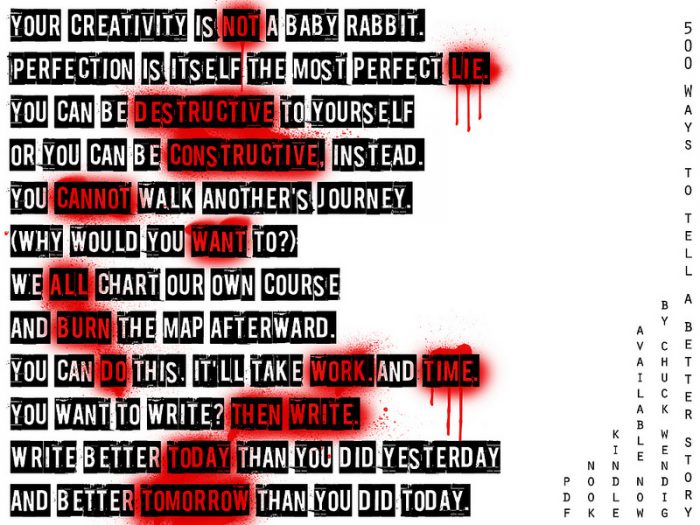
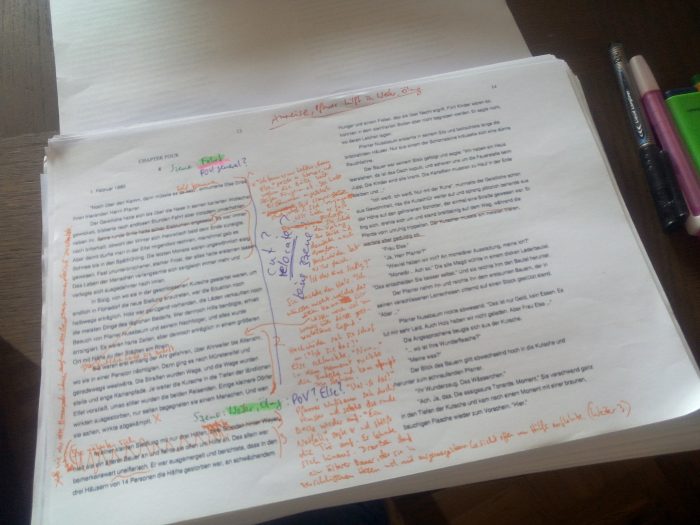


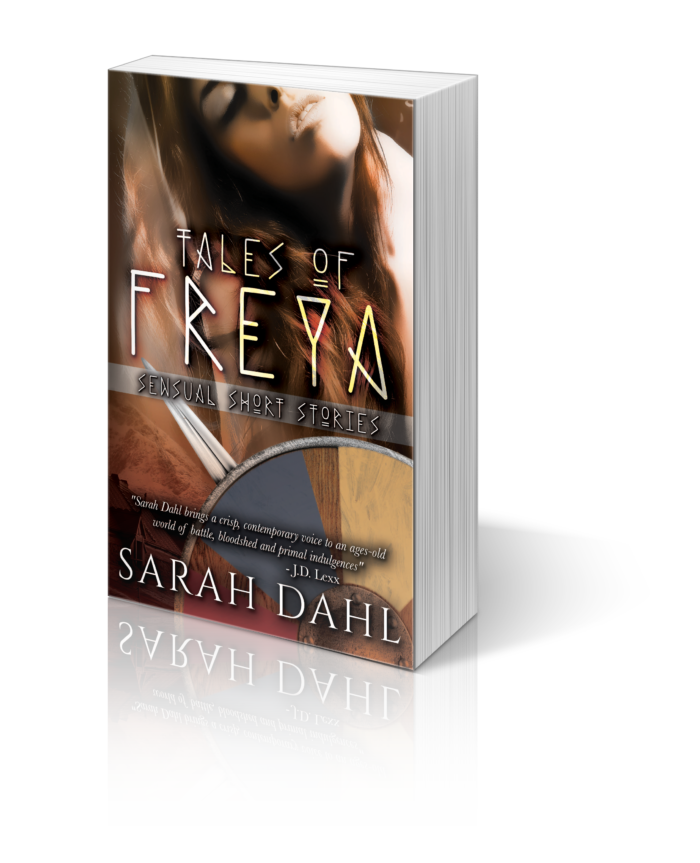

Comments (2)